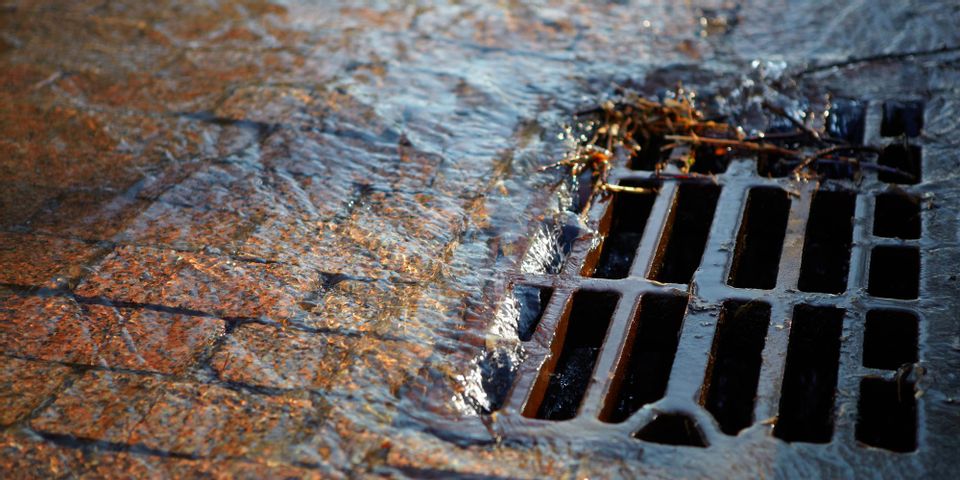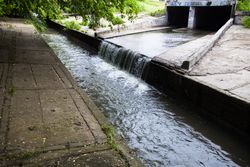
When designing a large development that consists of multiple properties connected by roads and driveways, you’ll have to plan for a lot more than just flooring materials and lighting fixtures. You’ll also have to consider how the property interacts with its environment, including the elements. That’s where civil engineering elements like stormwater drain systems come in. If you need to fit this system into your site plans, use the following frequently asked questions to learn more.
4 FAQ About Stormwater Drain Systems
How do these drain systems work?
Stormwater drain systems consist of an intricate web of channels, grates, pipes, and other hardware. Together, they direct runoff from storms into natural bodies of water, such as rivers and lakes.
They can collect rain from private and public properties, draining it to prevent flooding, and by way of gravity, routing it to bodies of water that may need to be reinvigorated.
What elements may be positioned on my site?
As you plan out the design of your commercial or industrial property, your civil engineer will strive to incorporate the various elements of a functional stormwater drain system.
At the edges of driveways and roads, they can use curb inlets and ditches to collect runoff as it runs down yards and sidewalks, so it doesn’t flood the road.
They will also plan for channels made from stone, concrete, asphalt, or even grass, which will direct the water from the inlets to the pipe outfalls—the holes which allow the runoff to pour into streams, ponds, canals, and larger bodies of water.
How do they decide where to place these elements?
 Stormwater drain system designers will need to ensure that the runoff is collected and discharged without disturbing human activity. For example, on both private properties and public roadways, inlets should be situated away from footpaths, crosswalks, and other areas where large puddles can cause logistical problems.
Stormwater drain system designers will need to ensure that the runoff is collected and discharged without disturbing human activity. For example, on both private properties and public roadways, inlets should be situated away from footpaths, crosswalks, and other areas where large puddles can cause logistical problems.
It’s also important that discharged water doesn’t drown landscaping or upset local ecosystems, such as rivers populated by fish and other wildlife.
What special considerations are civil engineers focused on?
While the rough sketch of your stormwater drainage system will be calculated based on the area’s average rainfall, it’s up to the civil engineer to ensure that the system can withstand extremes.
Nature can be unpredictable, and harsh storms may threaten a system that is designed for occasional showers. In addition to fluctuations in water flow, the civil engineer will need to account for possible blockages, as branches, trash, and other debris could make their way into the system.
There are numerous factors to weigh when designing and planning stormwater drain systems, but McCarty Associates is certified to take on this civil engineering feat. They’ve been growing their firm since their humble founding in 1963. With past projects like the Highland District Library Greenfield Branch and the Wayne Township Fire Department, you can trust these architectural engineers to incorporate a functional drain system into your site plans. To learn more about their work, visit the website or call (937) 393-9971 today.
About the Business
Have a question? Ask the experts!
Send your question

